Fumitory
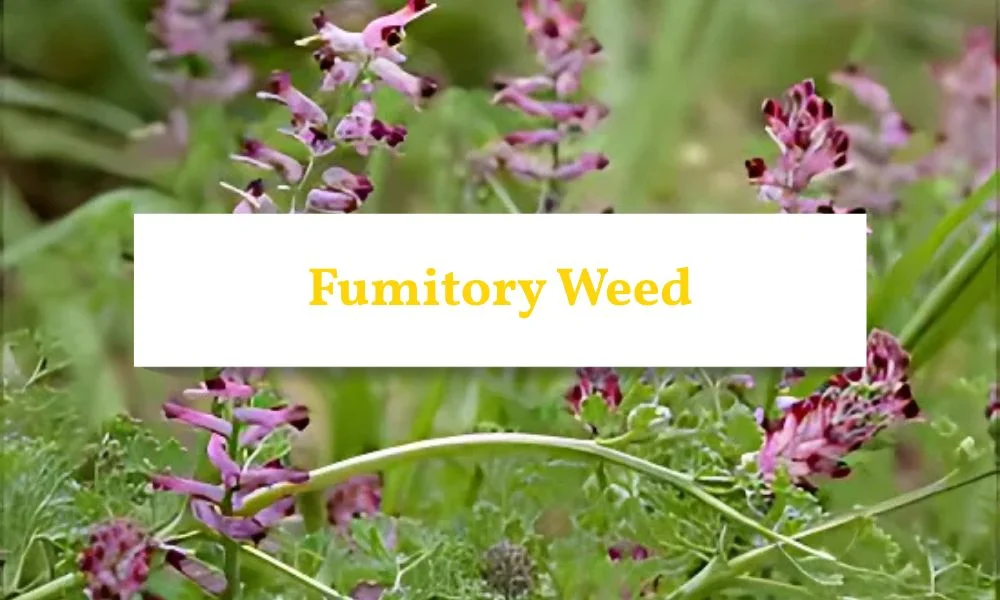
What Is Fumitory Weed?
Fumitory (Fumaria officinalis), also called common fumitory, is a soft, scrambling annual weed that loves disturbed soils, gardens, and fields. You’ll spot it by its delicate, feathery green leaves and clusters of small, pinkish-red flowers with dark tips. Fumitory grows quickly and spreads by dropping lots of tiny seeds, so it can soon take over if you don’t act early.
How to Identify Common Fumitory
You can easily recognise fumitory by its unique features:
-
Leaves: The leaves look light green and feathery, with each segment divided into smaller, rounded parts. They feel soft and have no spines or hairs.
-
Stems: Stems are thin, weak, and often sprawl along the ground or climb over other plants. They can reach up to 80 cm long.
-
Flowers: Fumitory produces clusters of small, tubular flowers. Each flower is pink to red with a dark tip, and you’ll usually see 10–40 flowers in a group. Flowers are less than 9 mm long.
-
Fruit/Seeds: After flowering, the plant forms tiny, round, slightly flattened seed pods. Each pod holds one seed, and these seeds can survive in the soil for years.
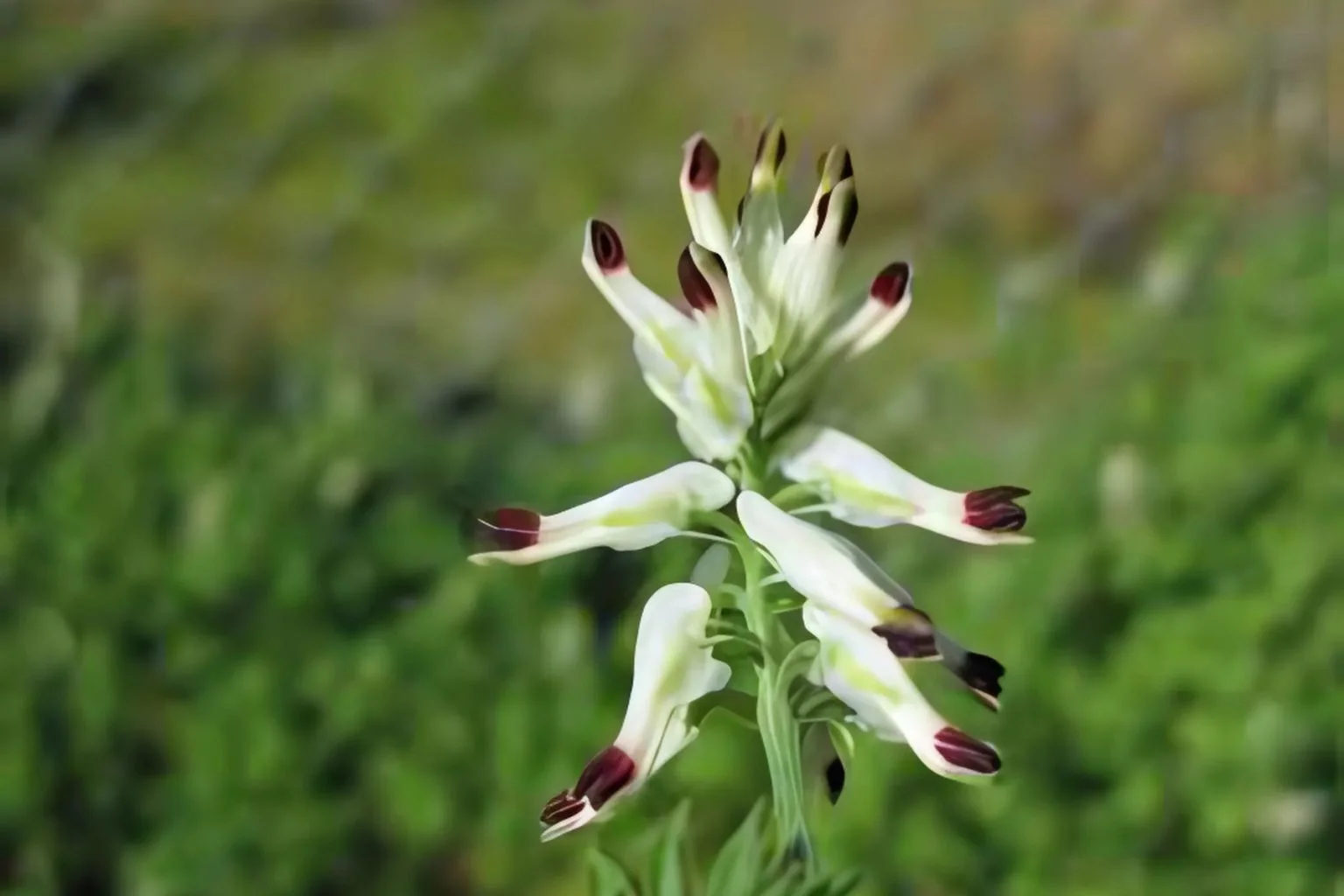
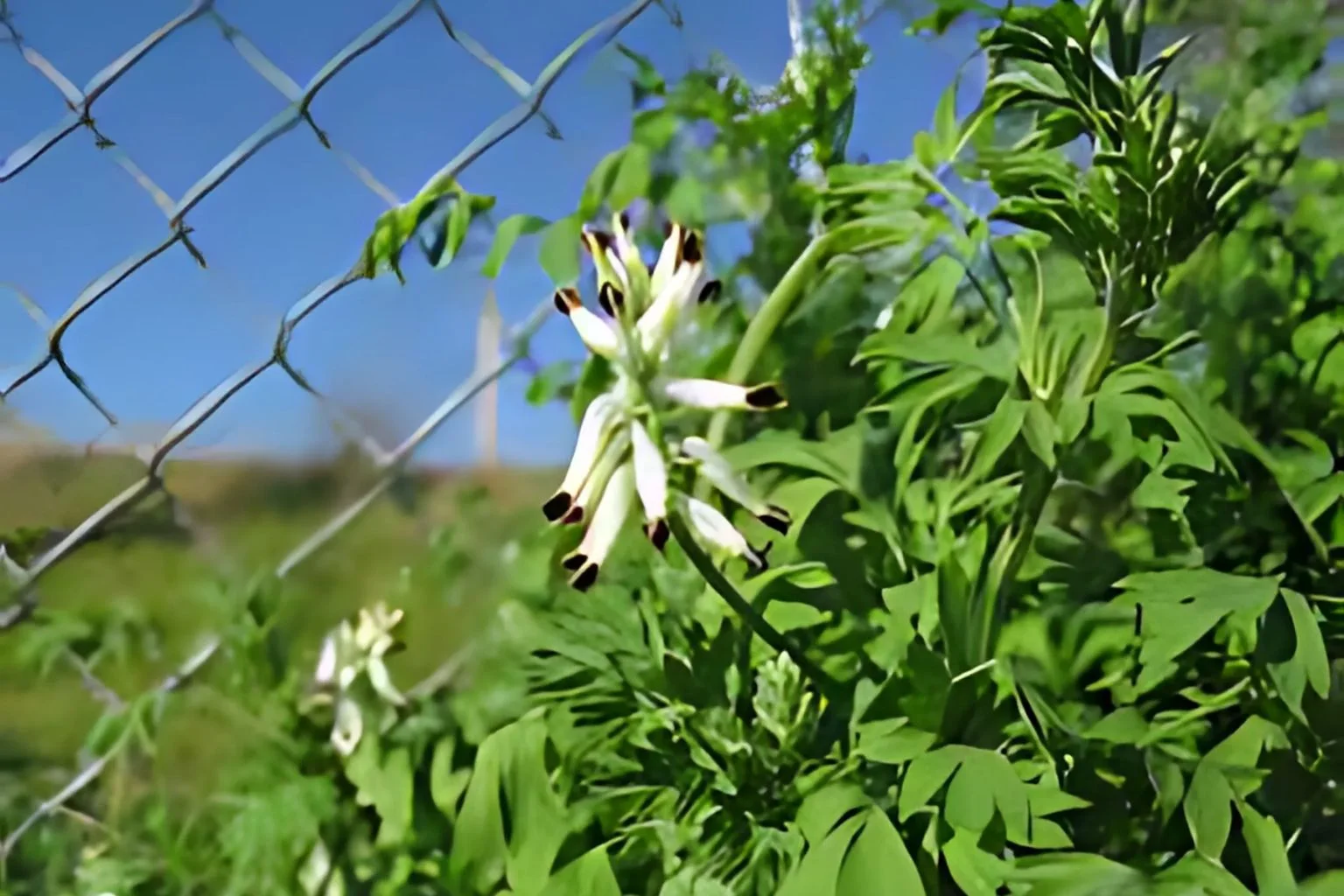
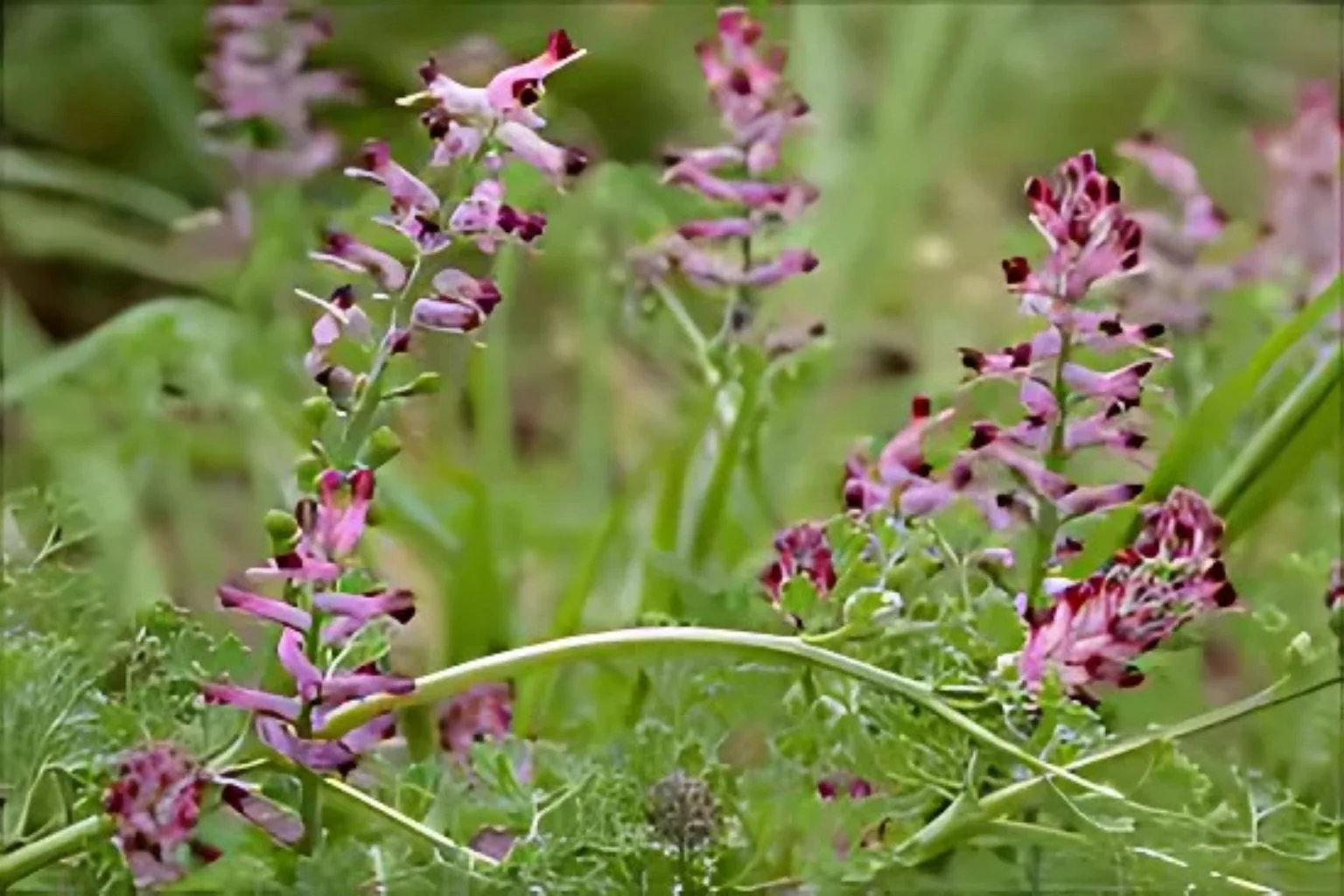
Why Is It A Problem?
How to Identify Fumitory Weed
You can easily recognise fumitory by its standout features:
Leaves
Look for light green, feathery leaves. Each one splits into smaller, rounded parts. They feel soft and smooth, with no spines or hairs.
Stems
The thin, weak stems often sprawl along the ground or climb over nearby plants. In some cases, they can grow as long as 80 cm.
Flowers
Fumitory grows small clusters of tubular flowers. Each flower is pink to red with a dark tip, and you’ll usually find 10 to 40 flowers grouped together. Most are under 9 mm long.
Fruit/Seeds
After the flowers fade, fumitory forms tiny, round seed pods that are slightly flattened. Each pod carries one seed, and these seeds can stay in the soil for years, ready to grow when the time is right.
Effective Methods
Keep Your Lawn and Garden Healthy
Remove Weeds Early
Use Mulch
Try Selective Herbicides
If fumitory has already spread, you can use a selective herbicide that targets broadleaf weeds but doesn’t harm your grass. Look for products containing active ingredients like MCPA or 2,4-D. Always follow the label instructions and spray when the weeds are young for best results.
Prevent Future Problems
After removing fumitory, check your lawn and garden regularly for new weeds. Remove any new plants quickly, and keep your garden beds covered with mulch or healthy plants to stop seeds from germinating.





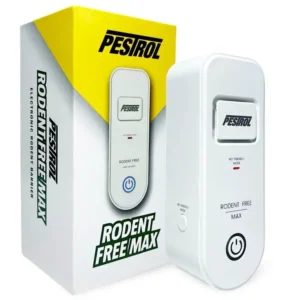

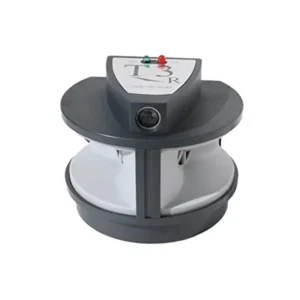
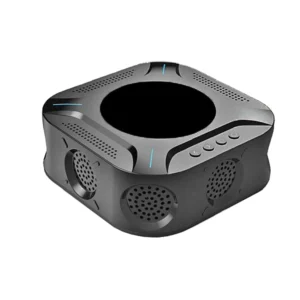
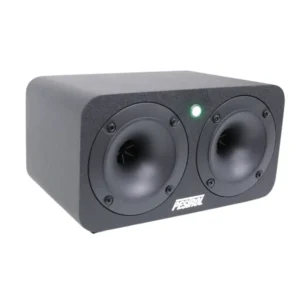
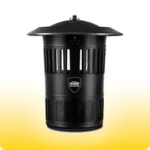 Mosquito Traps
Mosquito Traps